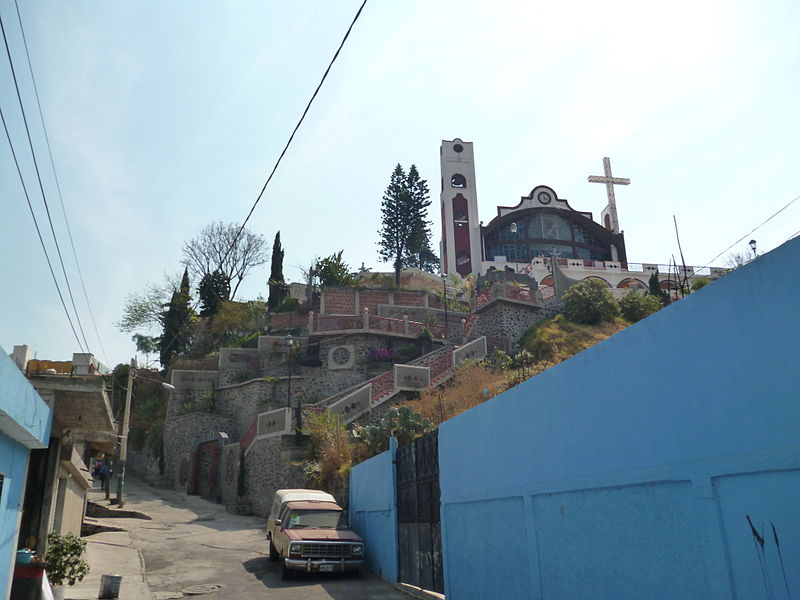
–
San Pedro Atocpan’s other church is the very modern and rather enormous Santuario Del Señor De Las Misericordias. The Lord of Mercies Shrine is dedicated to an image of Christ widely venerated in Milpa Alta. Every year in May, the church hosts a festival honoring the image. Celebrants arrive from all over Milpa Alta and from parts of Morelos and Mexico State.
As much of San Pedro Atocpan is dedicated to producing and selling mole, in its wide variety of colors and flavors, it’s often a big part of the celebration.
This much newer church opened only in 1977 and shelters a Black Christ, a cane paste figure, believed to date from the 16th century. As the church was constructed on top of a hill, visitors enjoy panoramic views of the town.
Nearby, the Plaza San Martín, with gardens and trees and of course, the San Martín Chapel, is a constant for those on adventure, or just hoping to relax. This chapel is the original destination of the figure of the Black Christ, The Lord of Mercies.
Main access roads to San Pedro Actopan are the federal Mexico-Tlayacapan highway and the Xochimilco-Oaxtepec highway. Via public transport, take Metro line 2 to Taxqueña, and from there ask for a bus traveling Route 81.
__
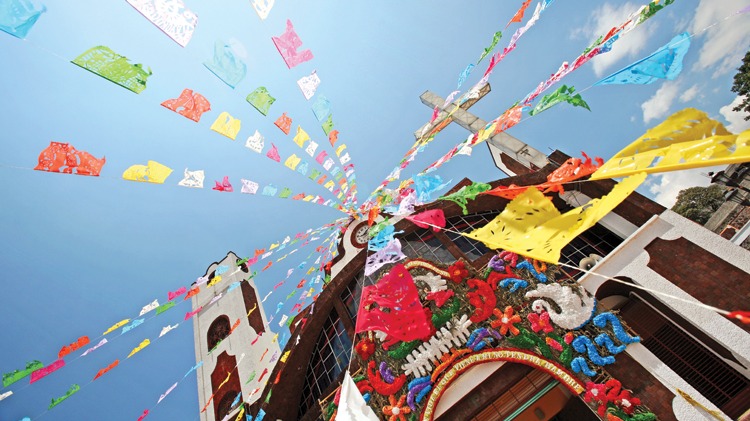
It’s said that in the 16th century, woodcutters arriving from Santo Domingo Ocotitlán in Morelos crossed the summit of the mountains to discover, not without some considerable astonishment, a statue of the crucified Christ some two meters tall.
Modeled perfectly and in a very light material, it’s believed to have been made from cane gabazo or paste. The woodcutters brought news to the town and returned to this wonder in a place called Tlapantitlan. With them were some friars who, upon contemplating the Christ, announced that they’d discovered the Lord of Mercies. They recommended that the figure be cared for as it was already said to be particularly miraculous. In that same place, they built a humble chapel for the Christ.
The cross with the statue of the Christ remained in the corner as those responsible for it could not really give it the care it required. As a sacred statue in a narrow, inadequate shelter, eventually some carelessness was going to befall the Christ. It’s even said that chickens were known to have roosted on the statue’s arms.
But at the time, many of the indigenous people were forced to return to the mountaintops by the circumstances forced upon them by the local landowners. Thus more and more people from Santo Domingo Ocotitlán came to live in Tlapantitlan near to the Lord of Mercies.
With increasing numbers of penitents and devoted followers, the statue was eventually going to deteriorate. One day, people noticed that the statue’s fingers were broken and they decided to take it to specialists in Mexico City to have it restored.
When the statue arrived with the restoration specialist, both the people and the artisan were dumbfounded. The artisan described the restoration work as follows:
Several days ago, I dreamt that this same crucifix had been brought to me and told me that its fingers were hurt. I fixed it, but without using any instrument. Rather I used a balm showed to me by the statue. The statue asked me to rub the balm onto the wounded fingers. I’ve now done exactly what I had dreamed. And here you have the fingers in perfect condition. And so the work you are admiring is not really mine, but the miraculous work of Christ himself.
Full of admiration, the townspeople began their return to their village in Milpa Alta. But because of the statue’s delicacy and their rural destination, the transport was long and difficult.
As the party passed through San Pedro Atocpan, they rested in a place called Xalimoloya, the “place of sand,” a small hill to east of the town. Here they took the opportunity to find food and spend the night. The next day, upon continuing on their way, they could do nothing to move of the Lord of Mercies. It had become so heavy that the combined strength of all the men was no enough to move it. Not even the force of the prayers could budge the statue. Distressed and deeply saddened, the party continued on only to tell the others what happened.
They tried once more with the help of many more of the people of San Pedro Atocpan, but every attempt was in vain. The lord had chosen this new land which, in Nahuatl, is called “Yencuictlalpan.” Thus the Chapel of San Martín was built on the edge of the hill to at last properly shelter the statue. Here it was to remain for four centuries, only later being moved to the even more fitting Shrine of the Lord of Mercies.
 +52 (55) 5844 2459
+52 (55) 5844 2459
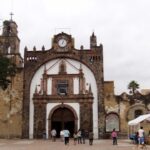
Nearest at 0.17 kms.
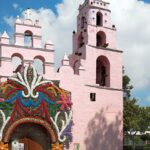
Nearest at 0.31 kms.
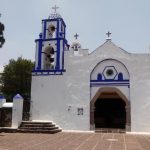
Nearest at 0.62 kms.
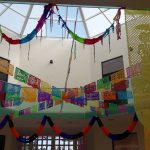
A cultural center in combination with the town tianguis...

A classic neighborhood market in San Bartolomé
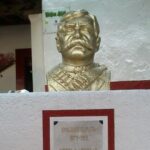
A glimpse into the lives of the Revolutionary Zapatista Army, a museum in Milpa Alta is not to be missed.

A magnificent little chapel dedicated to Saint Martin, it's often enough painted bright pink.

One of the country's most spectacular national parks takes up a massive part of the south of the City.